
What is the menstrual or period pain?
Those few painful days of the menstruation are the part of many women’s lives. The pain is located in the lower abdomen and it is manifested as the cramps. So, the condition of these menstrual cramps is medically called dysmenorrhea and, as already said, it is a very common gynaecological problem.
It is, as well, perfectly normal following symptom of the periods, since it is tightly associated with the process of ovulating (except in the cases of the existing fibroids in the uterus, some inflammations and the underlying endometriosis).
There can be also the case of the secondary dysmenorrhea, which is usually triggered by the following health problems: simple abnormality of the not enough wide cervix, by a cyst or the similar formations in one or in the both ovaries, by the inflammatory processes of pelvic or of the mucous membrane in the uterus, or by the infectious process of the uterus itself.
However, the pain may be so hard that may become unbearable and that is why and when it must be minimized. Additionally, this pain is often accompanied with the pain that is extended over the nearby thighs and the lower part of the back and buttocks, with the increased urge for urinating and for having stool (and there can also be the related problems of soft and hard stool), the significantly increased menstrual bleeding (which is medically called menorrhagia), and the pain in the head may be also present.
The conventional and the natural treatment
The conventional treatment is based on the drugs which reduce the inflammations (one of the most popular is Advil), and the medications that are used for the control of birth.
We are all aware of the possible side effects of the artificial medications and that is why it is good to at least try the natural medications and remedies based on the beneficial herbs. Such herbal medications can be bought in pharmacies in the form of the high concentrated extracts, and the most popular are chaste tree, cramp bark, the oil extracted from evening primrose (it is rich in gamma linolenic acid, and it is beneficial for the syndrome of the troubles before the menstrual period), turmeric and black cohosh. Of course, one should seek the medical advice on how much of these extracts it is recommendable to take on a daily basis.
And finally, as far as the diet is concerned, the females who are prone to suffer from the painful periods must increase the intake of calcium, antioxidants and the soy protein. Of course, they should stay away from the highly processed sugars, fast food, the unhealthy snacks, coffee, cigarettes, and alcohol. It is also recommendable to add some beneficial nutrients in the supplementary form, such as the omega-3 fatty acids, magnesium, the vitamins D and E, and the calcium citrate.




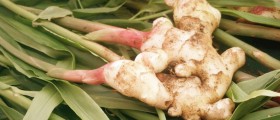



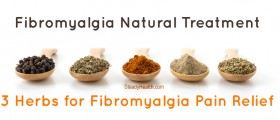





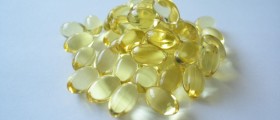
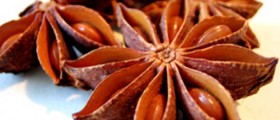
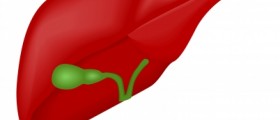
Your thoughts on this
Loading...